ALEXANDER CALDER (1898-1976)
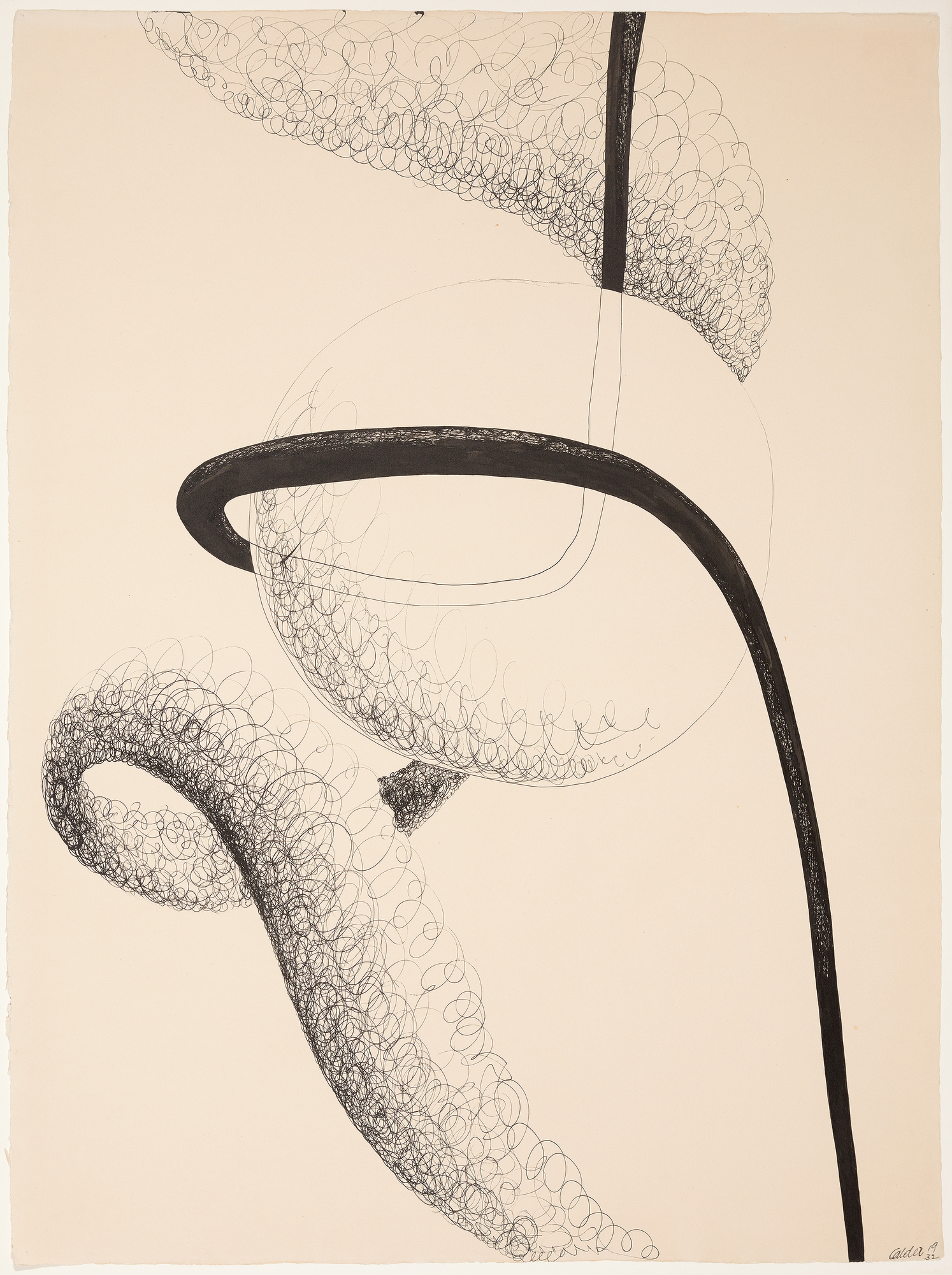
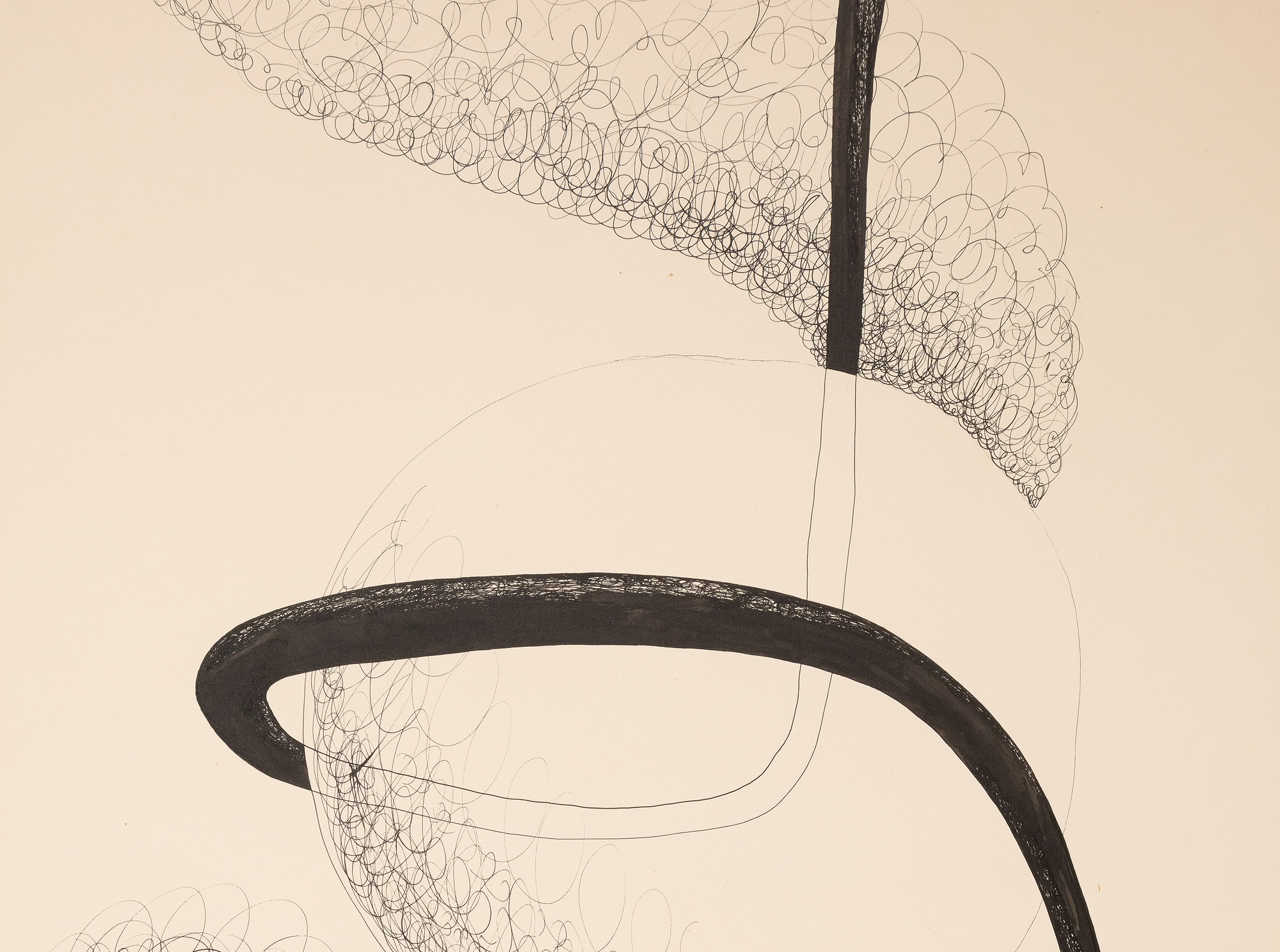
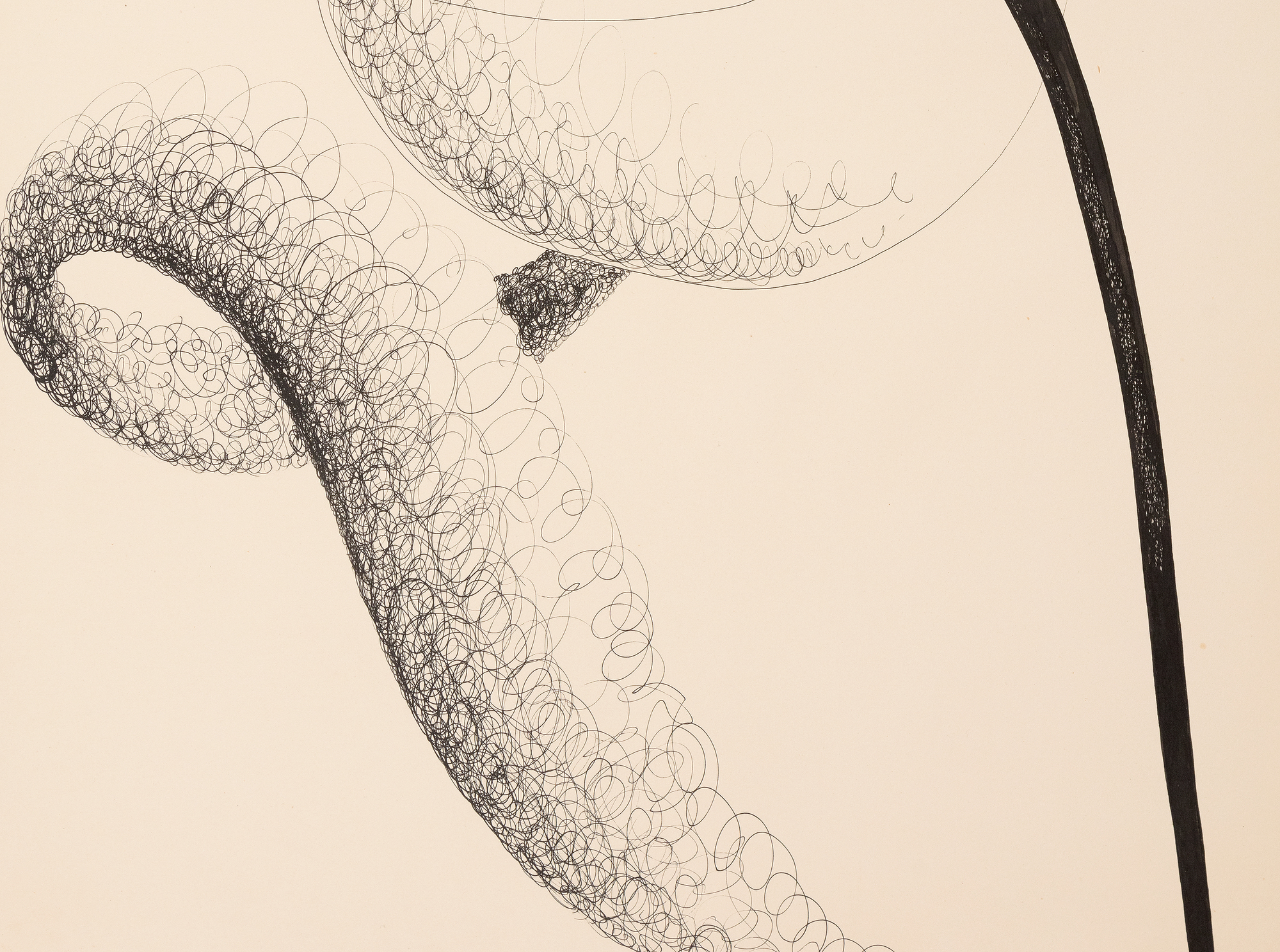
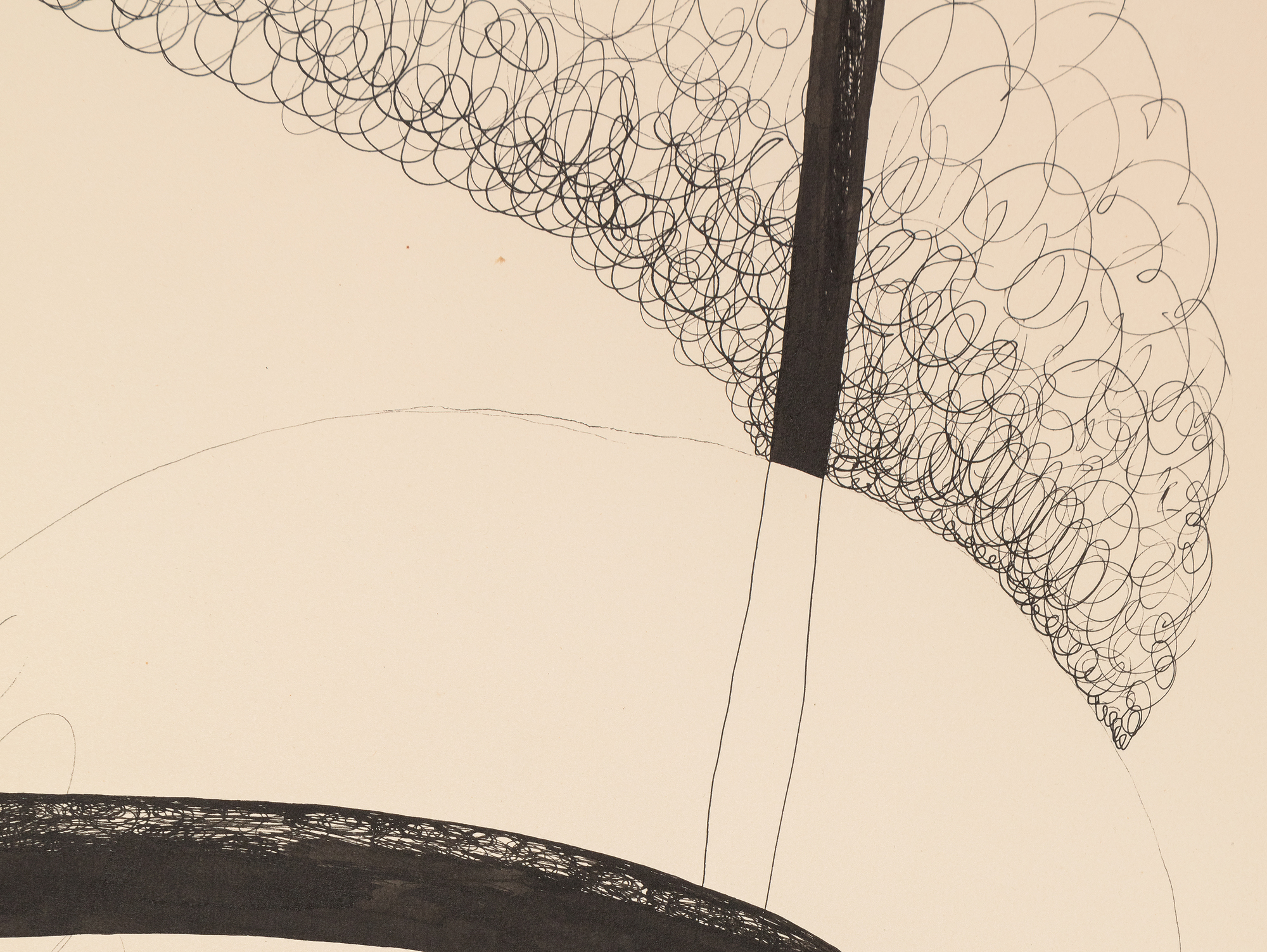
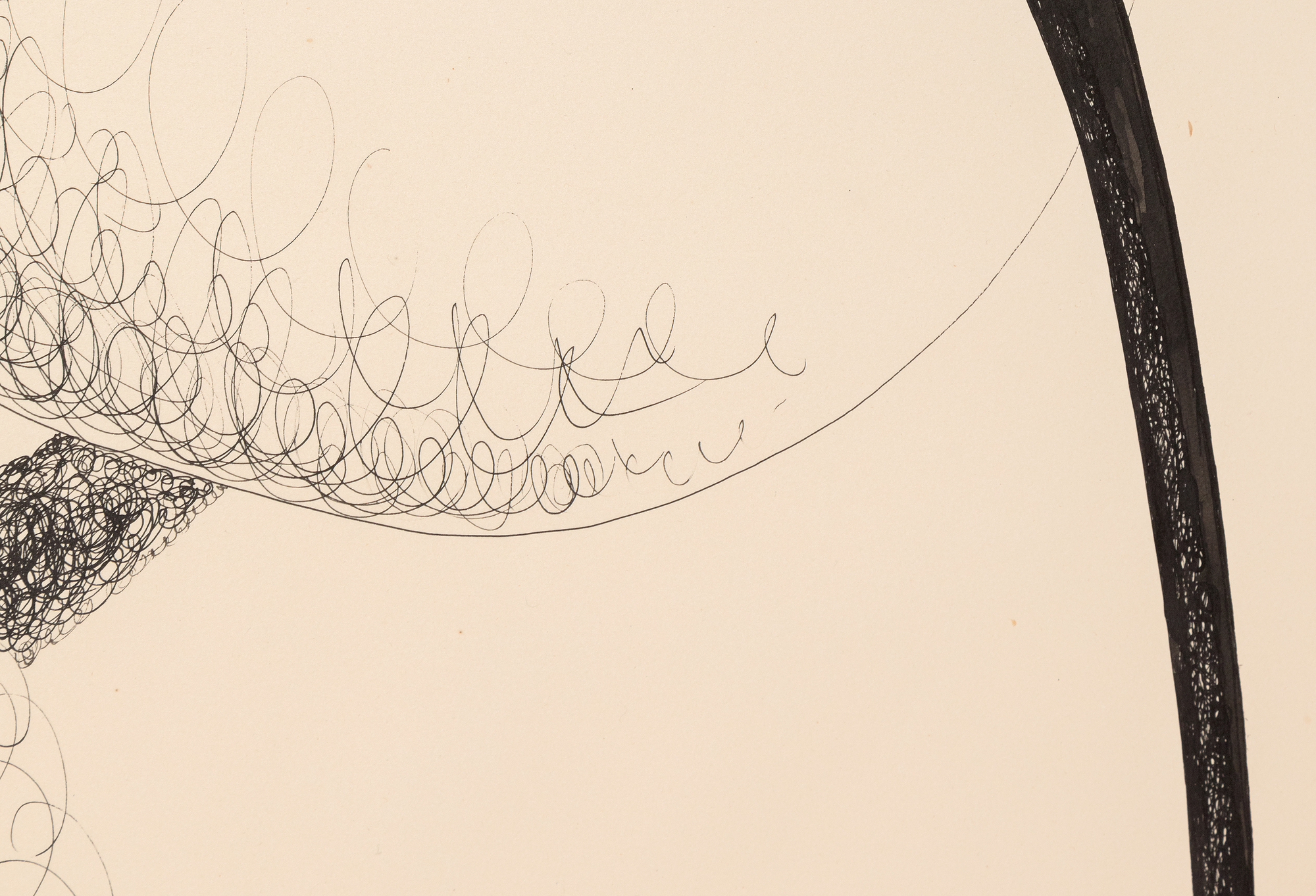
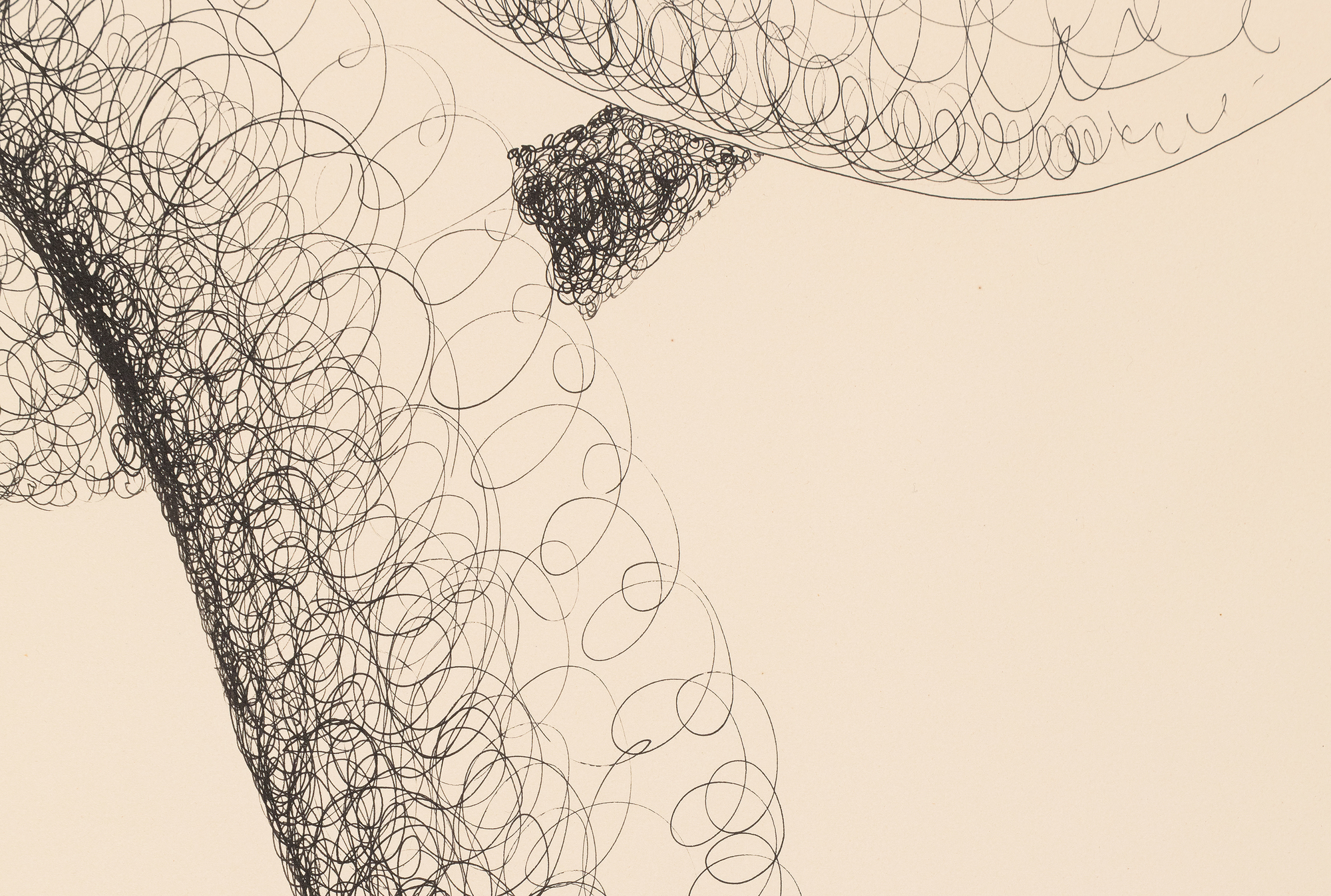
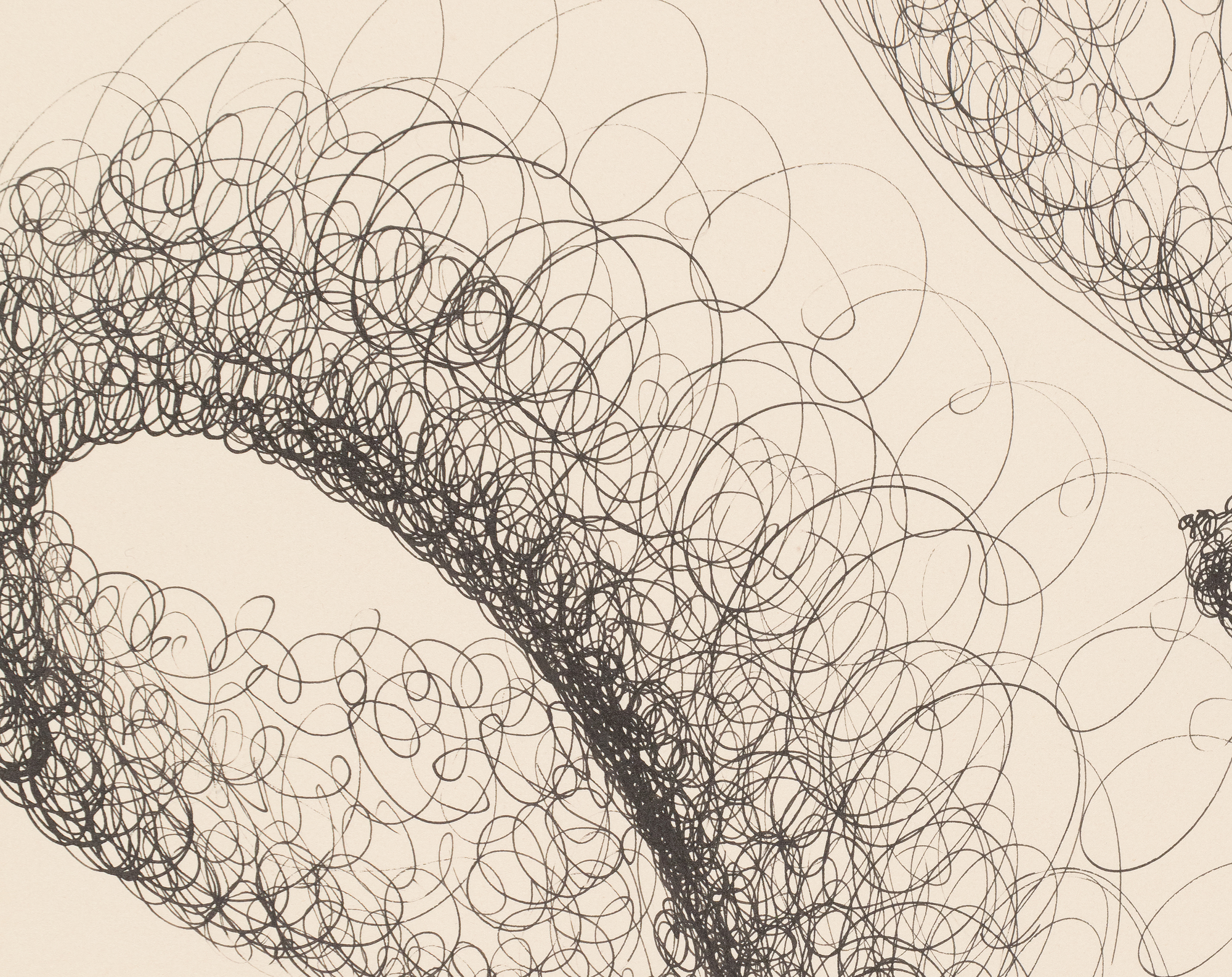
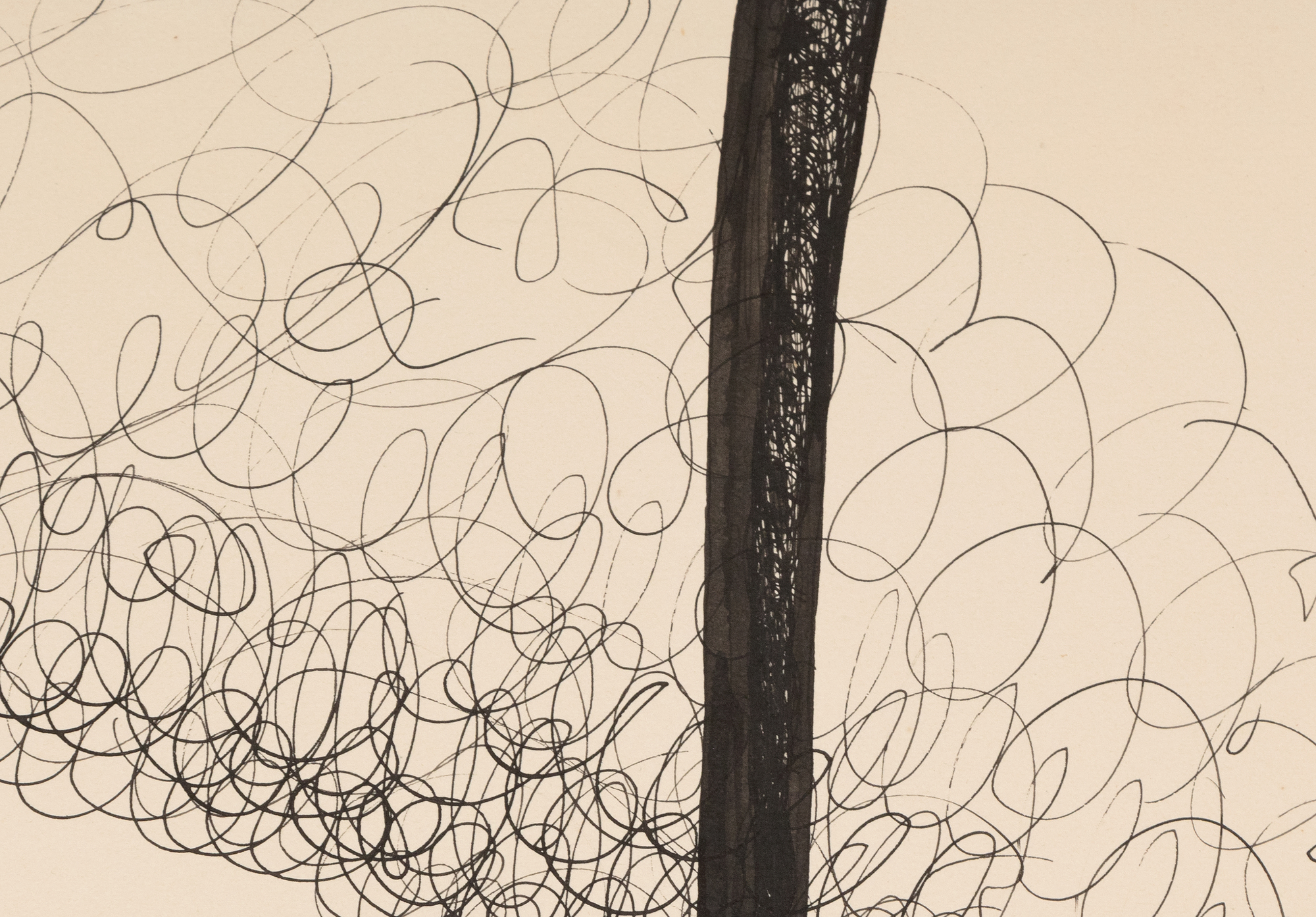
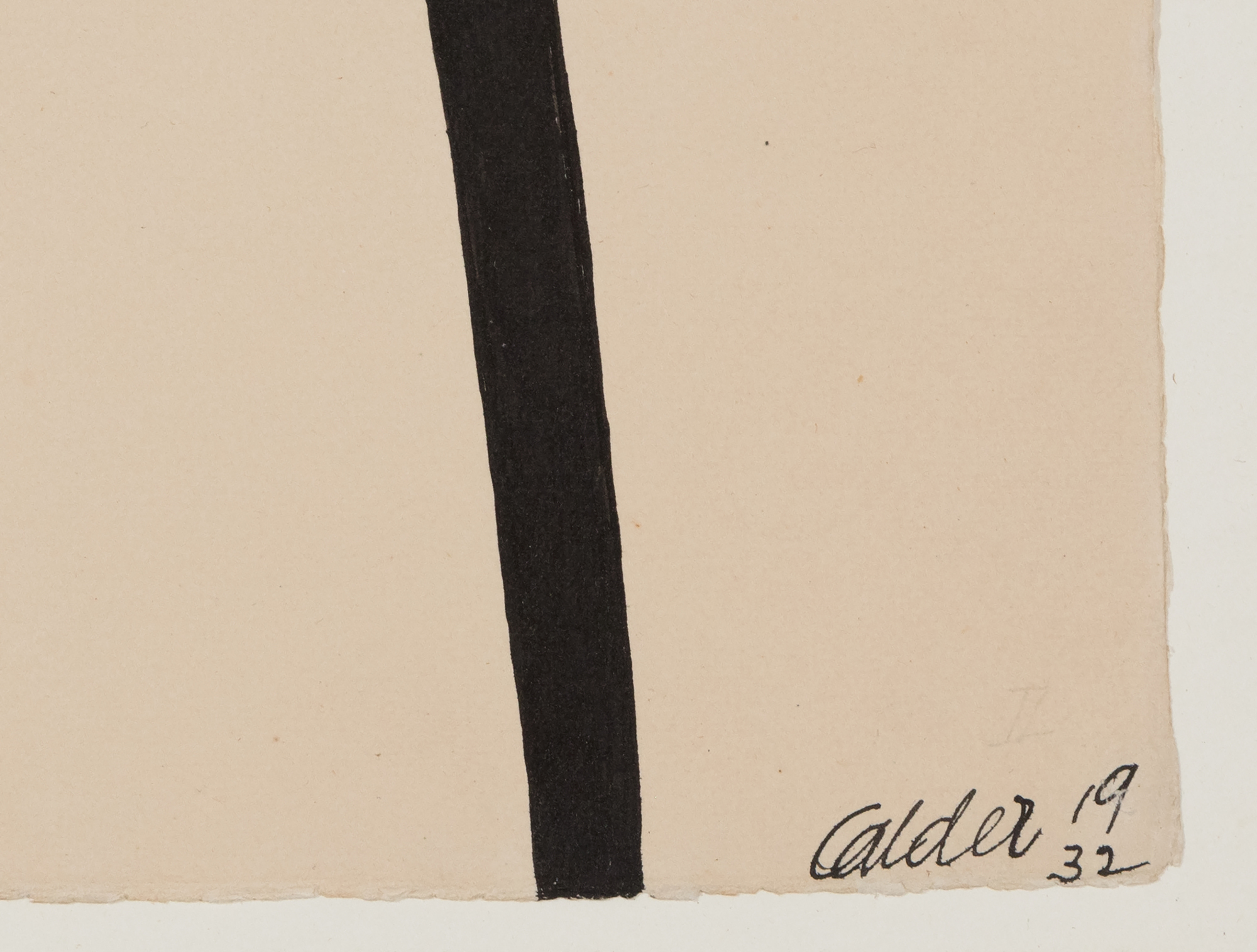
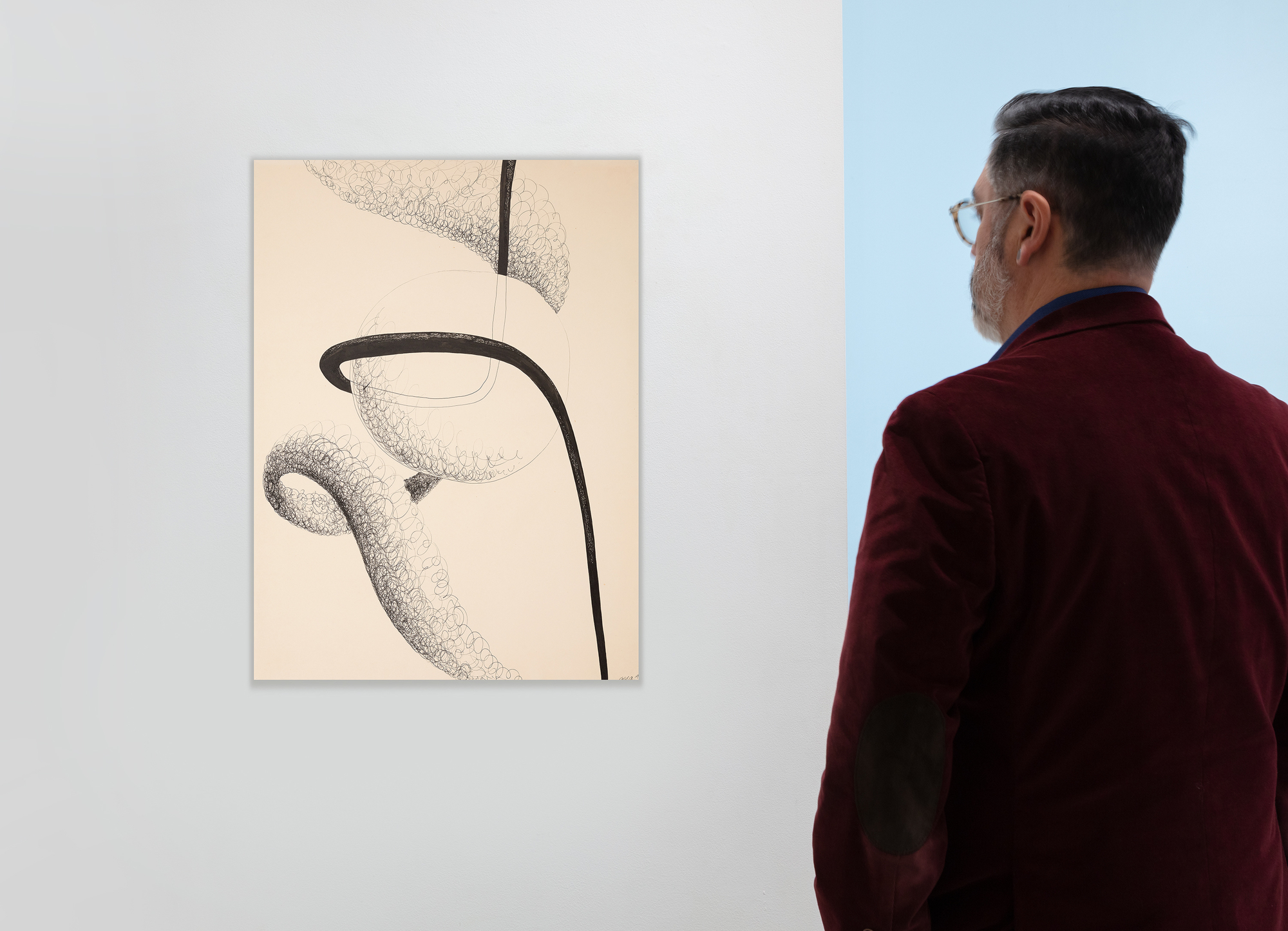
Provenance
Perls Galleries, New YorkPrivate Collection, Florida, 1974
The drawing embodies Calder’s fascination with the invisible energies of the universe, transforming paper into a field of movement and space. The economy of line emphasizes gesture and rhythm rather than depiction, distilling his explorations into a graphic composition of striking clarity. This sheet belongs to a key group of works on paper from 1932, including Space Tunnel and Movement in Space, in which Calder experimented with drawing as a means of testing ideas that would later find expression in three-dimensional form.
The provenance further strengthens the importance of this work. Tornado in Space was acquired through Calder’s longtime New York dealer, Klaus Perl's of Perls Gallery, and has remained in the same private collection for over fifty years. Closely related works from this period are now housed in the Centre Pompidou, the National Gallery of Art, and the Museum of Modern Art, underscoring the rarity and art-historical resonance of this drawing.
© 2023 Calder Foundation, New York / Artists Rights Society (ARS), New York


